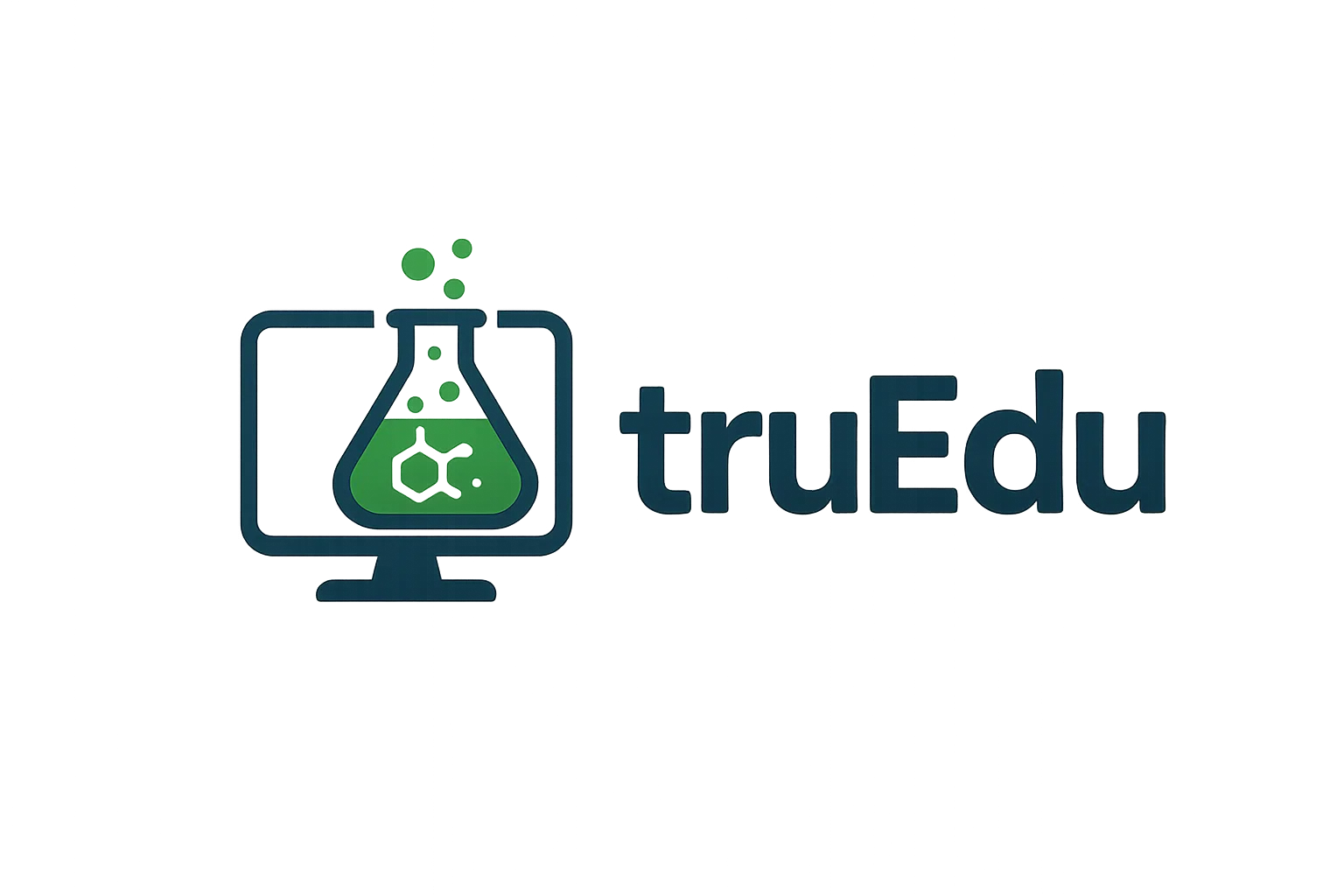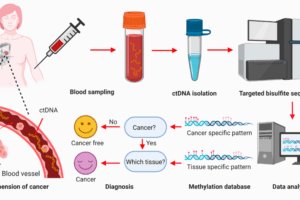Hormones and Signal Transduction: Understanding Mechanisms and Pathways
Explore how hormones regulate vital functions through intricate signal transduction mechanisms and pathways, including G-protein signaling, tyrosine kinase receptors, and nuclear receptors.
Introduction
Hormones are chemical messengers secreted by endocrine glands that regulate various physiological processes.
Their action is mediated through signal transduction pathways — complex chains of molecular events that translate hormonal signals into specific cellular responses.
Understanding these pathways is essential to grasp how the body maintains homeostasis and responds to internal and external stimuli.
What are Hormones?
-
Definition: Chemical messengers that travel through the bloodstream to target organs and tissues.
-
Types:
-
Peptide Hormones (e.g., insulin, glucagon)
-
Steroid Hormones (e.g., cortisol, estrogen)
-
Amine Hormones (e.g., adrenaline, thyroid hormones)
-
What is Signal Transduction?
-
Definition: The process by which a cell converts an external signal into a functional response.
-
Key Steps:
-
Hormone binds to its receptor.
-
Receptor undergoes a conformational change.
-
Intracellular signaling pathways are activated.
-
Cellular response (e.g., gene expression, metabolic changes).
-
Types of Hormone Receptors
| Receptor Type | Hormone Example | Mechanism |
|---|---|---|
| Cell Surface Receptors | Insulin, Glucagon, Adrenaline | Activate second messenger systems (e.g., cAMP, IP3/DAG) |
| Intracellular Receptors | Cortisol, Thyroid hormones | Bind directly to DNA and regulate gene transcription |
Major Signal Transduction Pathways
1. G-Protein Coupled Receptor (GPCR) Pathway
-
Hormones: Adrenaline, Glucagon
-
Mechanism:
-
Hormone binds to GPCR.
-
Activation of G-protein (Gα, Gβ, Gγ subunits).
-
Gα activates adenylate cyclase.
-
cAMP production → activates Protein Kinase A (PKA).
-
PKA phosphorylates target proteins to induce a response.
-
Example: Adrenaline stimulating glycogen breakdown via cAMP.
2. Tyrosine Kinase Receptor Pathway
-
Hormones: Insulin, Growth Factors (EGF, PDGF)
-
Mechanism:
-
Hormone binds to receptor with intrinsic kinase activity.
-
Autophosphorylation of tyrosine residues.
-
Recruitment of intracellular signaling proteins (e.g., IRS).
-
Activation of downstream pathways like PI3K-Akt and MAPK.
-
Example: Insulin promoting glucose uptake and storage.
3. JAK-STAT Pathway
-
Hormones: Growth Hormone, Prolactin, Interferons
-
Mechanism:
-
Hormone binds to receptor associated with Janus Kinases (JAKs).
-
JAKs phosphorylate receptors.
-
STAT proteins bind and are phosphorylated.
-
Phosphorylated STATs dimerize and translocate to the nucleus to regulate gene expression.
-
Example: Growth hormone stimulating growth-related genes.
4. Intracellular/Nuclear Receptor Pathway
-
Hormones: Cortisol, Thyroid Hormones, Vitamin D
-
Mechanism:
-
Hormones diffuse across the cell membrane.
-
Bind to nuclear receptors.
-
Hormone-receptor complex binds DNA at Hormone Response Elements (HREs).
-
Regulates transcription of specific genes.
-
Example: Cortisol upregulating genes involved in gluconeogenesis.
Second Messengers in Signal Transduction
| Second Messenger | Role |
|---|---|
| cAMP | Activates Protein Kinase A (PKA) |
| cGMP | Activates Protein Kinase G (PKG) |
| IP3 (Inositol Triphosphate) | Releases Ca²⁺ from endoplasmic reticulum |
| DAG (Diacylglycerol) | Activates Protein Kinase C (PKC) |
| Ca²⁺ ions | Regulate multiple enzymes and cellular events |
Clinical Relevance
-
Diabetes Mellitus: Defect in insulin signaling pathway.
-
Cancer: Overactivation of growth factor signaling (e.g., HER2 in breast cancer).
-
Endocrine Disorders: Mutations in hormone receptors causing diseases like thyroid resistance.
Conclusion
Hormones orchestrate a wide array of biological functions through sophisticated signal transduction mechanisms.
Understanding these pathways not only enhances our knowledge of physiology but also provides insights into the basis of many diseases, paving the way for targeted therapies.

